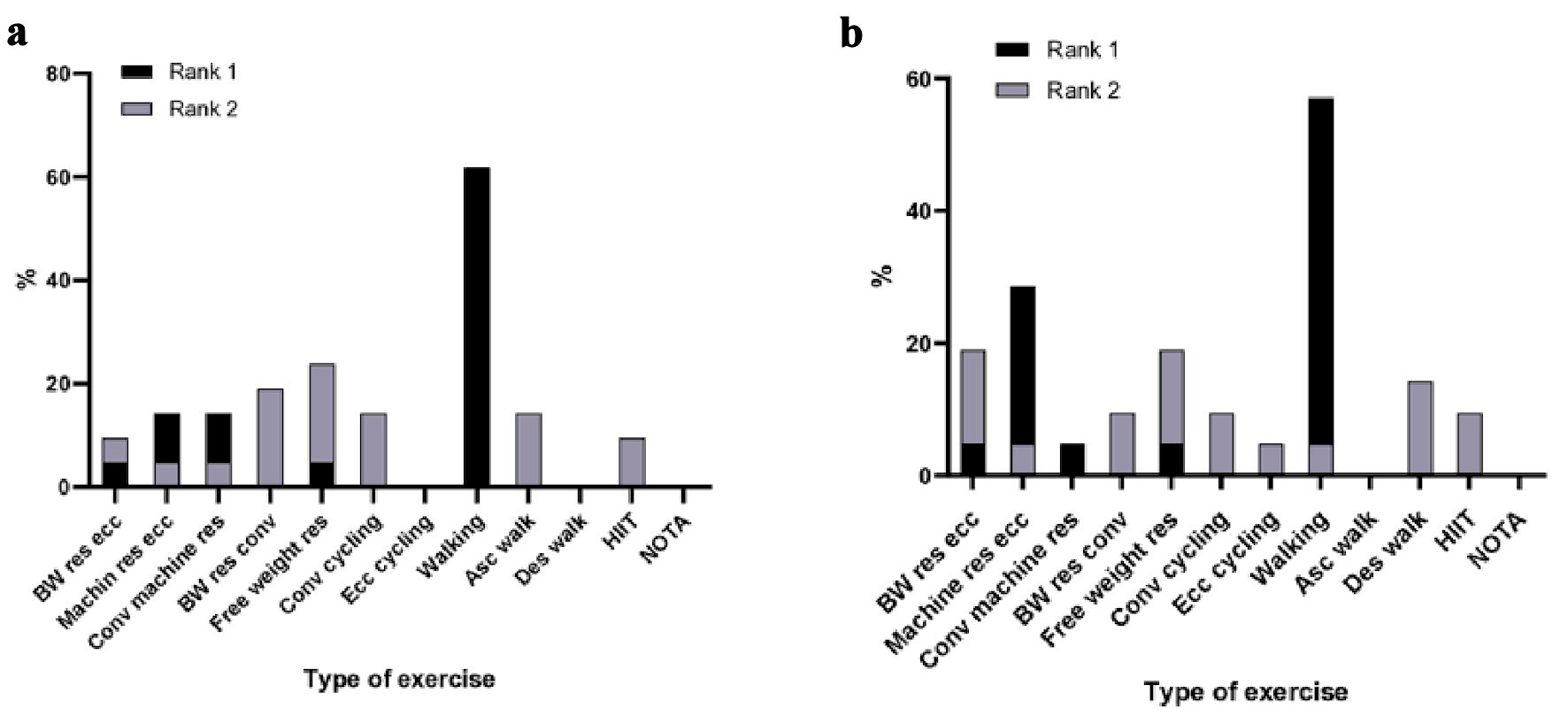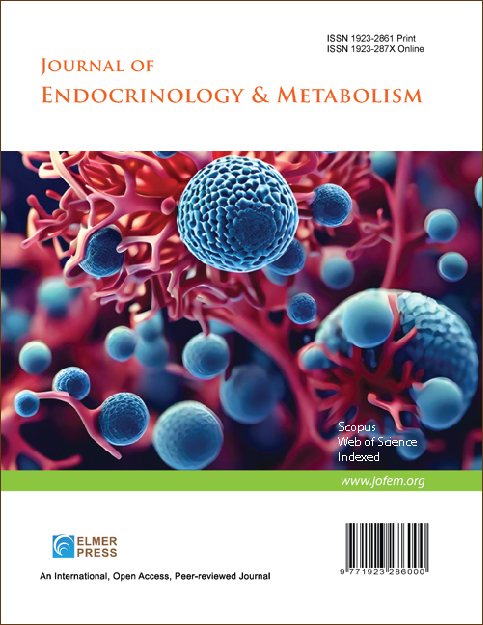Exercise Perceptions in People With Metabolic Dysfunction-Associated Steatotic Liver Disease: Insights From a Qualitative Study
DOI:
https://doi.org/10.14740/jem1527Keywords:
Exercise preferences, Patient awareness, Behavioral change, Portable exercises, Thematic analysis, Qualitative researchAbstract
Background: Metabolic dysfunction-associated steatotic liver disease (MASLD) is a chronic liver condition associated with lifestyle and metabolic risk factors. While exercise is a beneficial treatment strategy, many patients struggle to implement and perform exercise regularly. It is important for practitioners to know about patient awareness, attitudes, and preferences regarding exercise in the context of MASLD. In this study, we examined exercise knowledge, attitudes, and exercise preferences among patients with MASLD to improve their exercise behavior changes.
Methods: We conducted a questionnaire and semi-structured interview study in adults with MASLD to assess their disease awareness, perspectives on exercise and exercise preferences. MASLD severity was assessed using controlled attenuation parameter (CAP) and transient elastography (TE) to determine the severity of hepatic steatosis and fibrosis, respectively. Transcripts were coded using NVivo software, and thematic analysis was employed to extract key themes.
Results: A total of 18 interviews were completed with 18 MASLD patients (37 - 76 years), who attended an outpatient hepatology clinic. The majority of participants demonstrated awareness of MASLD’s severity but lacked knowledge about exercise as a treatment option. Participants expressed preferences for exercises that were time-efficient, easy to perform, non-strenuous, and portable. Walking emerged as the most favored exercise, followed by resistance exercises with free weights and eccentric-biased bodyweight exercises.
Conclusions: This study provides insights into individuals’ perspectives on exercise in MASLD, highlighting the need for targeted education and personalized exercise interventions. Understanding these perspectives can inform the development of effective strategies to promote long-term exercise adherence and improve clinical outcomes in MASLD management.

Published
Issue
Section
License
Copyright (c) 2025 The authors

This work is licensed under a Creative Commons Attribution-NonCommercial 4.0 International License.










